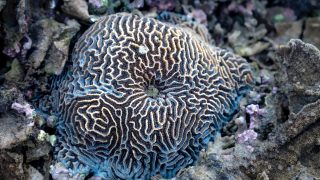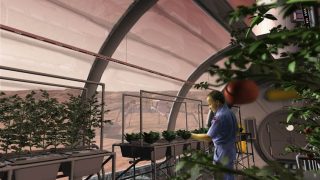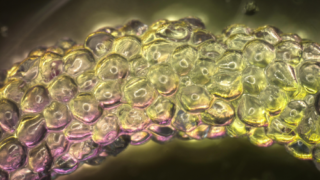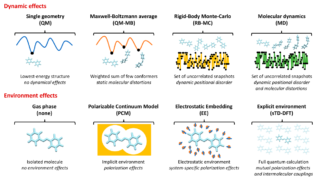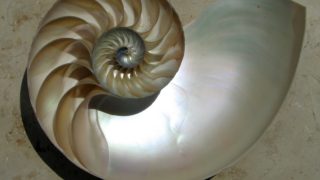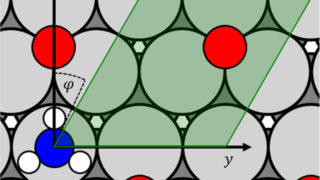
Beyond lithium: magnesium rechargeable batteries
Lithium-ion batteries have remained unrivalled in terms of overall performance for several applications, as evidenced by their widespread use in everything from portable electronics to cellular base stations. However, they suffer from some important disadvantages that are difficult to ignore. For one, lithium is rather expensive, and the fact that it is being mined at […]
